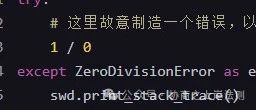Private Functions in MATLAB
Private Functions A typical MATLAB installation contains hundreds of program files, which users can access simply by entering the file name. While this convenient access method is an advantage, it can also lead to clutter and name conflicts, especially due to the existence of some “helper functions” that are used by other functions but are … Read more









